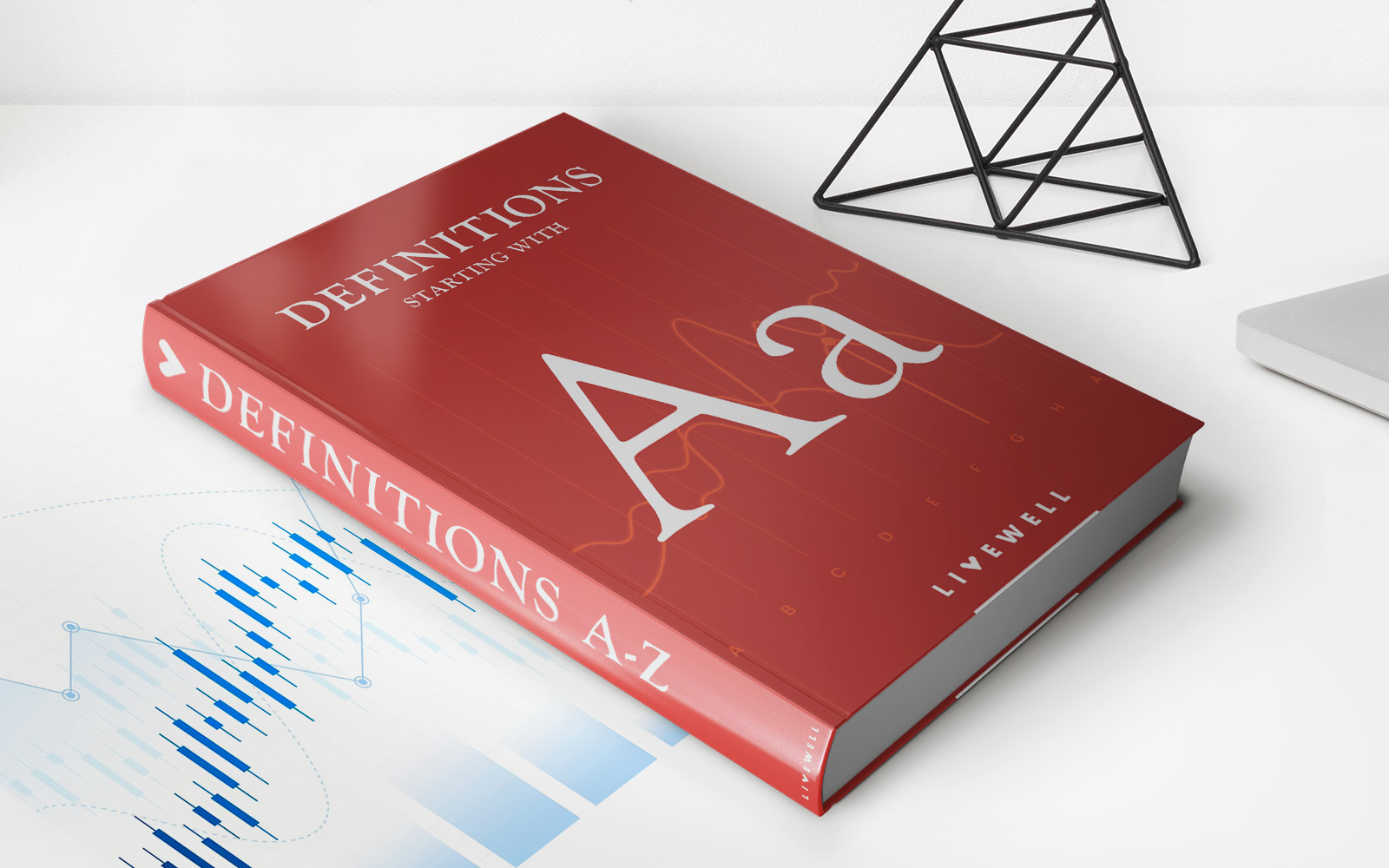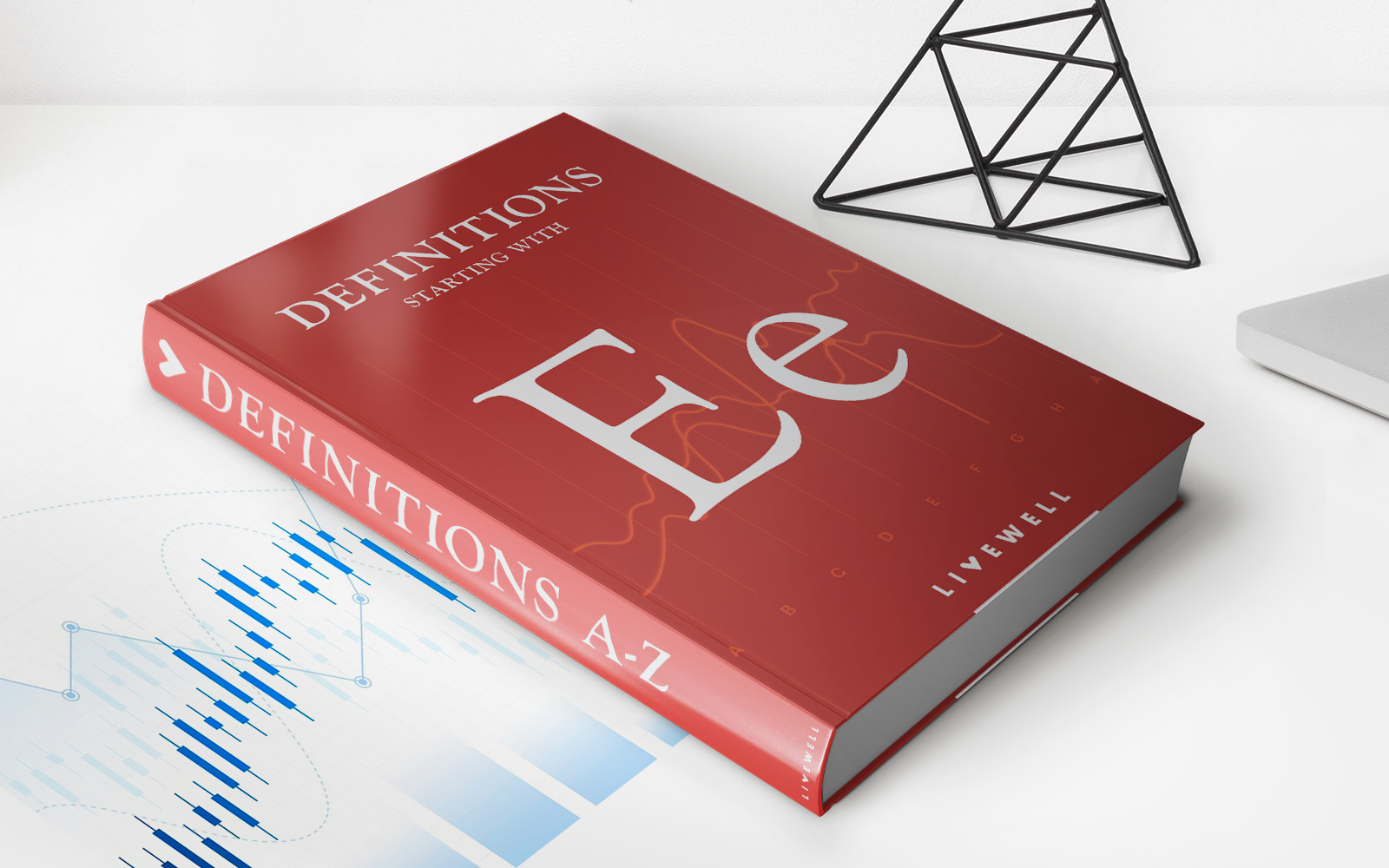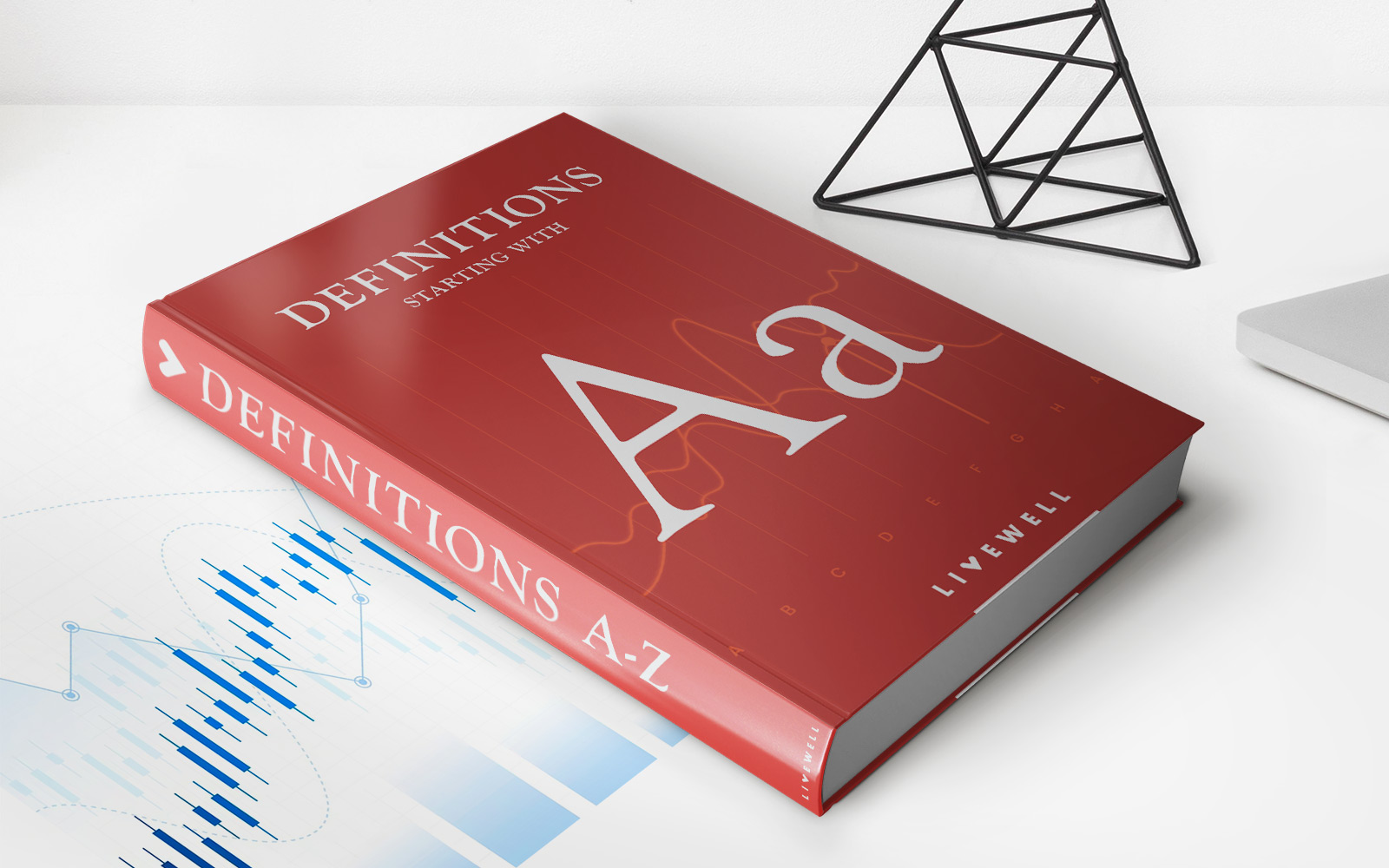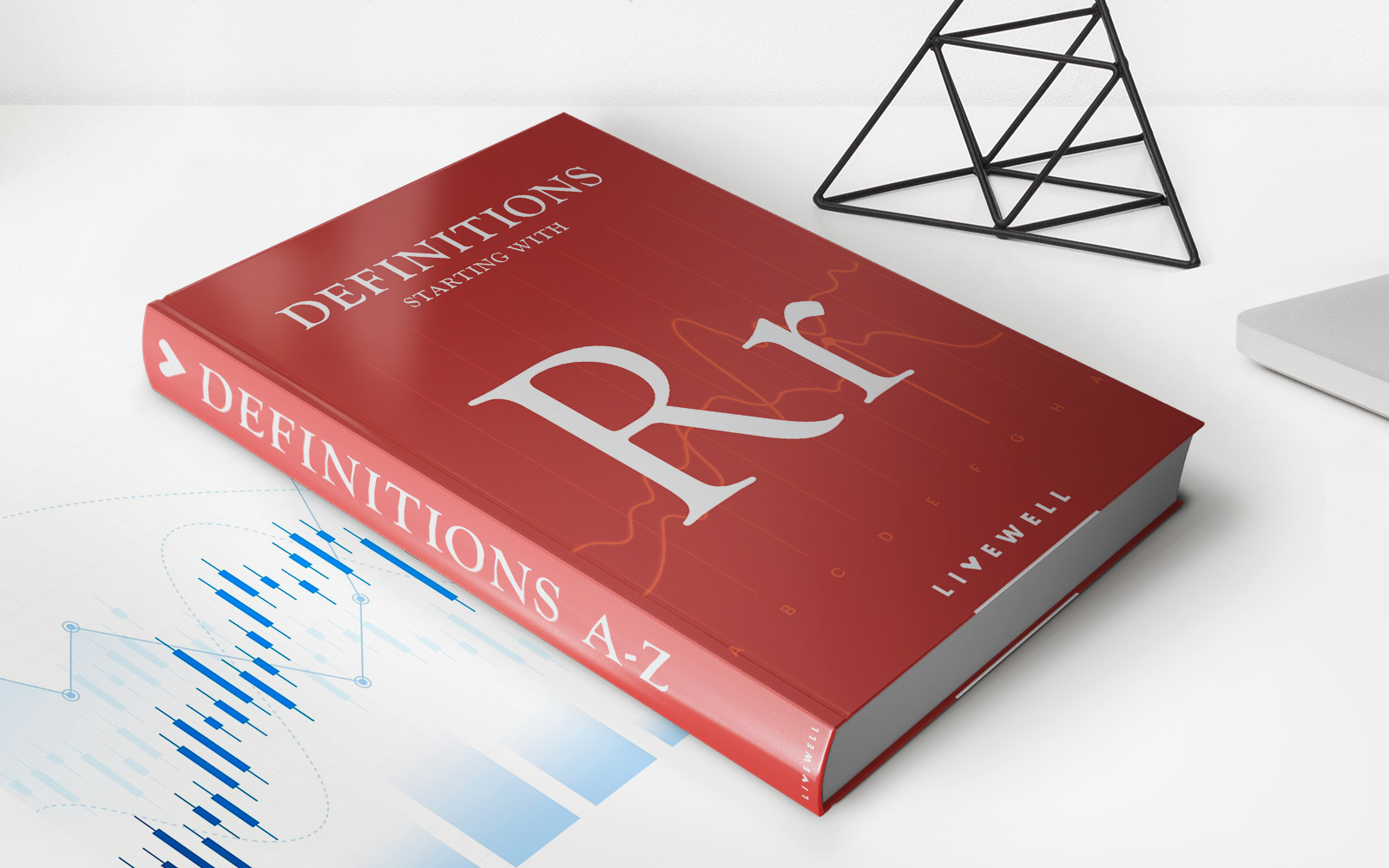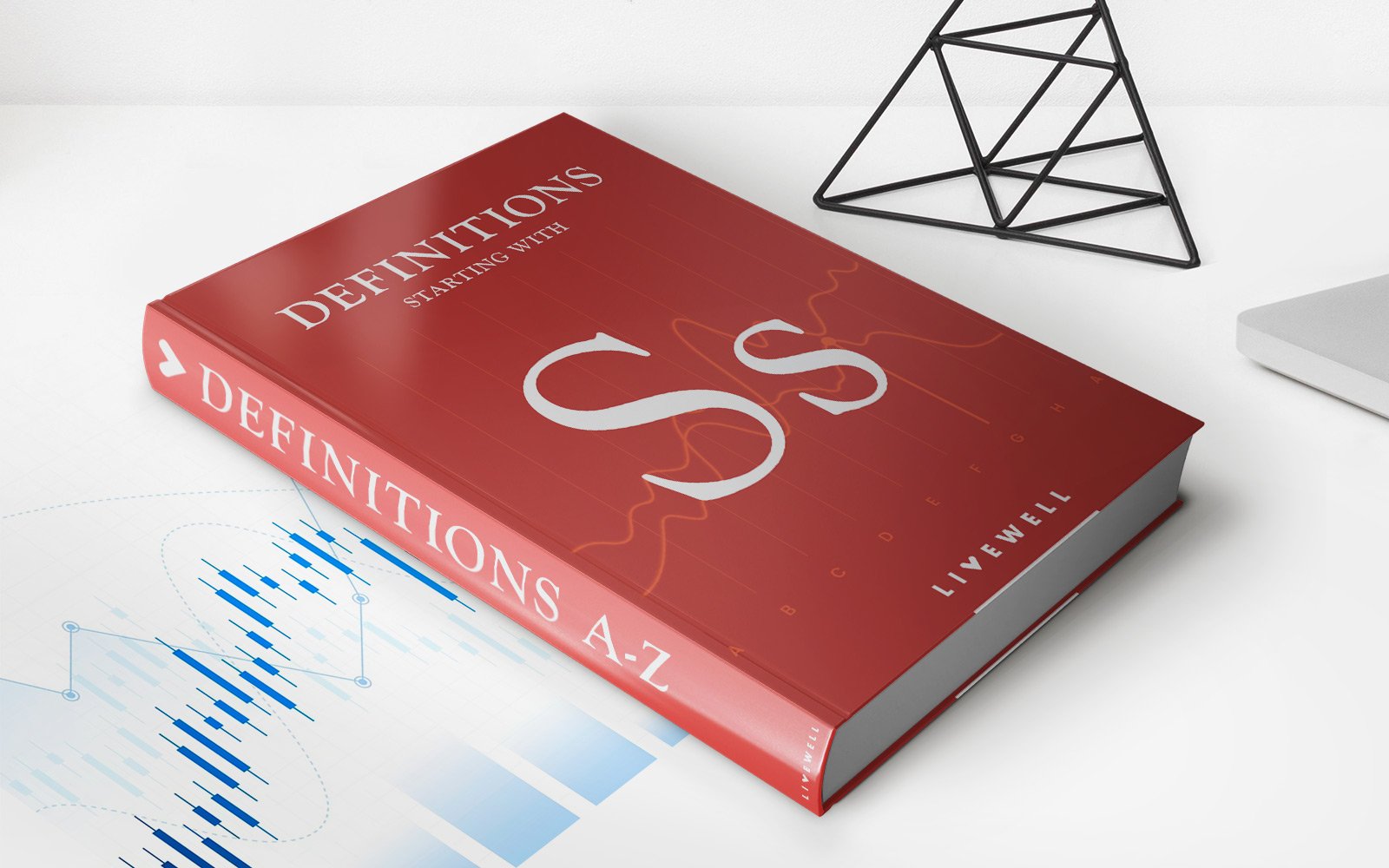Home>Finance>Historical Volatility (HV): Definition, Calculation Methods, Uses


Finance
Historical Volatility (HV): Definition, Calculation Methods, Uses
Published: December 5, 2023
Learn about Historical Volatility (HV) in finance, including its definition, calculation methods, and uses. Gain valuable insights into this important aspect of financial analysis.
(Many of the links in this article redirect to a specific reviewed product. Your purchase of these products through affiliate links helps to generate commission for LiveWell, at no extra cost. Learn more)
What is Historical Volatility (HV)?
Welcome to our blog post on Historical Volatility (HV) – an essential concept in finance and investing! Have you ever wondered how experts measure the level of risk associated with a financial asset or investment? Historical Volatility (HV) is a crucial parameter used by traders, investors, and analysts to assess the price fluctuation of a security over a specific period of time.
Key Takeaways
- Historical Volatility (HV) measures the price variation of a financial instrument over a specific period.
- Calculation methods include the traditional approach, logarithmic returns, and others.
Historical Volatility (HV) refers to the statistical measure of the dispersion of prices or returns for a financial instrument, such as stocks, bonds, or commodities, over a designated time frame.
Calculation Methods for Historical Volatility (HV)
Now that we have a basic understanding of what Historical Volatility (HV) represents, let’s delve into the different methods to calculate it:
- Traditional Approach: This method calculates Historical Volatility (HV) by using the percent change in the price of a security over the specified period. The formula involves taking the daily percentage change in the price and then taking the standard deviation of these changes. This approach is relatively straightforward and widely used in finance.
- Logarithmic Returns: Logarithmic returns are an alternative way to calculate Historical Volatility (HV). This method measures the natural logarithm of the ratio between close prices, allowing for a more accurate representation of price changes. Logarithmic returns are especially useful in dealing with assets that have a high level of price volatility.
- Other Methods: In addition to the traditional approach and logarithmic returns, there are other methods available to calculate Historical Volatility (HV), such as the Parkinson Historical Volatility method and the Garman-Klass Volatility Estimation. Each of these methods has its own nuances and may suit different situations or preferences.
Uses of Historical Volatility (HV)
Historical Volatility (HV) plays a crucial role in a variety of financial and investment-related applications. Here are some key uses of HV:
- Risk Assessment: Historical Volatility helps investors and traders assess the risk associated with a particular asset or investment. By understanding how much an asset’s price has fluctuated in the past, market participants can gauge the potential risk they are taking on when considering an investment.
- Option Pricing: Historical Volatility serves as an important input for option pricing models, such as the Black-Scholes model. By using HV, traders can estimate the volatility component, which directly affects the price of options. This information allows for more accurate valuations and informed decision-making.
- Portfolio Diversification: Historical Volatility is also utilized when constructing well-diversified investment portfolios. By including assets with different levels of volatility, investors can potentially reduce overall portfolio risk and achieve a more stable return over time.
Historical Volatility (HV) is an essential tool for anyone involved in finance and investing. It provides valuable insights into the past price movement of an asset, allowing for a better understanding of risk and informed decision-making. By using various calculation methods and understanding the different uses of HV, market participants can navigate the complex world of finance with more confidence and accuracy.

